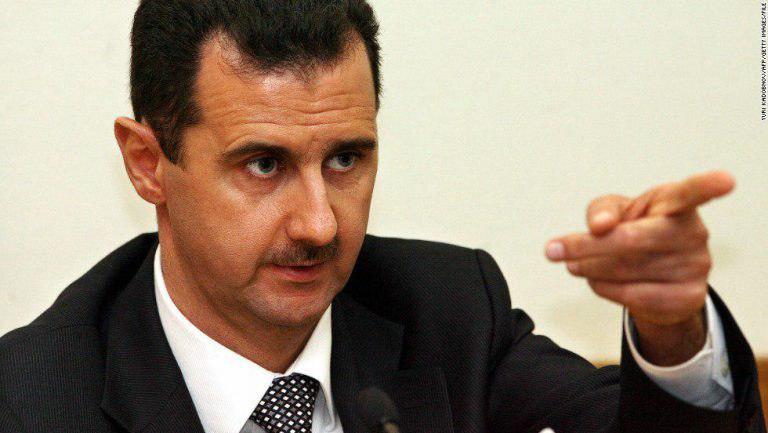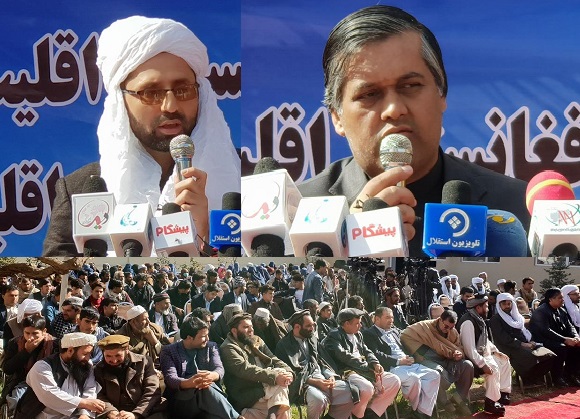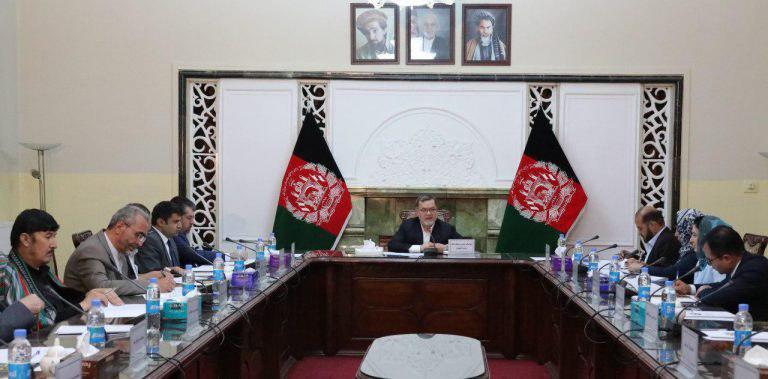Kabul Takeover and Pakistan’s Foreign Policy
Unrest and a new cycle of instability in Afghanistan would certainly put Pakistan’s strategy—pitching itself as a geo-economic hub—in jeopardy

When 2021 began, few would have thought by the end of year the Afghan Taliban would be in charge in Kabul.
However, such was the swiftness of the Taliban takeover that all the intelligence assessments of the US and other players in Afghanistan proved wrong.
When President Joe Biden walked into the White House in 2021, he had a choice either to reverse the Doha deal his predecessor had signed with the Taliban or stick with it.
The Doha deal stipulated a timeframe for US troops’ withdrawal from Afghanistan.
In return, the Taliban promised not to allow the Afghan soil to be used again by terrorist groups and enter into talks with other groups.
Under the deal, the US was to complete the troops’ withdrawal by May 1, 2021.
After assuming office, Biden, however, ordered a review of the Afghan situation and following the months of assessments by the Pentagon and the State Department, he had to stick with the Doha plan albeit with a change of withdrawal date.
Instead of the May 1 deadline set in the Doha deal for the troops’ withdrawal, Biden approved that the last US soldier would leave Afghanistan by September 11.
The announcement was met with a strong reaction from the Taliban, who called it a violation of the Doha deal and threatened to resume attacks against the US led foreign forces if they stayed in the war-torn country beyond May 1.
However, the Biden administration was talking to the Taliban leaders from behind the scenes to ensure that troops’ withdrawal was smooth and without any hiccup. As the US began troops’ withdrawal under a revised plan, the Taliban on the other hand started making inroads — capturing districts after districts.
As the drawdown picked up pace, so did the march of the Taliban.
The US intelligence — given the rapid pace with which Taliban were making inroads — changed its assessment.
It concluded that the Taliban would sweep the country within six months to a year after the troops’ withdrawal.
But as the withdrawal entered its final phase, the Taliban’s return to power was inevitable.
The insurgent group captured many districts and provinces even where they did not hold much sway in the past without any resistance.
Seeing the Taliban’s rapid march towards capital Kabul, Biden ordered the withdrawal of US troops and evacuation of American diplomats, staff and citizens by August 31.
Meanwhile, Zalmay Khalilzad, the US point man for Afghanistan, was trying to work out a deal under which a peaceful transfer of power could take place. Amidst all this the Taliban fighters reached the gates of Kabul in the middle of August.
The US tried to persuade the then President Ashraf Ghani to agree on some arrangement with the Taliban but it was too late at the time.
On August 15, President Ghani and his other close aides boarded a helicopter and fled the country.
The Taliban, who assured the US and others not to enter Kabul before any deal, had to take charge to fill the vacuum.
They were ousted from power by the US-led international coalition after the 9/11 attacks in 2001, but now providing security and helping the US and other international forces to leave the country.
When the last US plane flew from Kabul, the Taliban victory was complete.
This was undoubtedly the most significant foreign policy moment of the year 2021.
The chaotic exit of the US and humbling defeat pushed the discussion away from Pakistan, which has often been accused of being the main problem for the Afghanistan mess.
The manner with which the US left Afghanistan compelled the international and the US media to focus more on Washington’s failure than apportioning blame on Pakistan.
However, the exit of the US from Afghanistan has raised a serious question about the future of Pak-US relationship, which has often been transactional.
President Biden continues to ignore Prime Minister Imran Khan and has yet to speak to him on the phone suggesting the US priorities or lack of it for Pakistan.
However, the appointment of a full-time ambassador to Pakistan by the US indicates that there would be no complete breakdown in the relationship.
The hosting of the Organisation of Islamic Cooperation extraordinary meeting of foreign ministers on Afghanistan by Pakistan highlighted Islamabad’s importance.
The question remains: can Pakistan sustain this momentum and keep the world engaged with the Taliban? The fear is that the international community may once again abandon Afghanistan, a nightmare scenario Pakistan has been trying desperately to avoid.
The beginning of the 2021 raised some hopes for a thaw in the relationship between Pakistan and India.
As a result of back-channel talks, the two countries on February 25 agreed to restore the ceasefire along the Line of Control (LoC).
They were to take further steps such as partially restoring trade ties but the proposal was shot down by the Pakistani cabinet diminishing chances of any thaw.
Also India, which was supposed to take some confidence-building measures on Kashmir, could not take any such step.
However, despite these setbacks, the ceasefire on the LoC is holding — something that highlights that the two sides are keen not to escalate the tensions.
As 2021 proved to be a watershed movement for Afghanistan, something that shaped Pakistan’s foreign policy, the year 2022 would bring more challenges for the country on the external front.
A lot would depend on how the situation unfolds in the neighbouring country. Unrest and a new cycle of instability in Afghanistan would certainly put Pakistan’s strategy—pitching itself as a geo-economic hub—in jeopardy.






